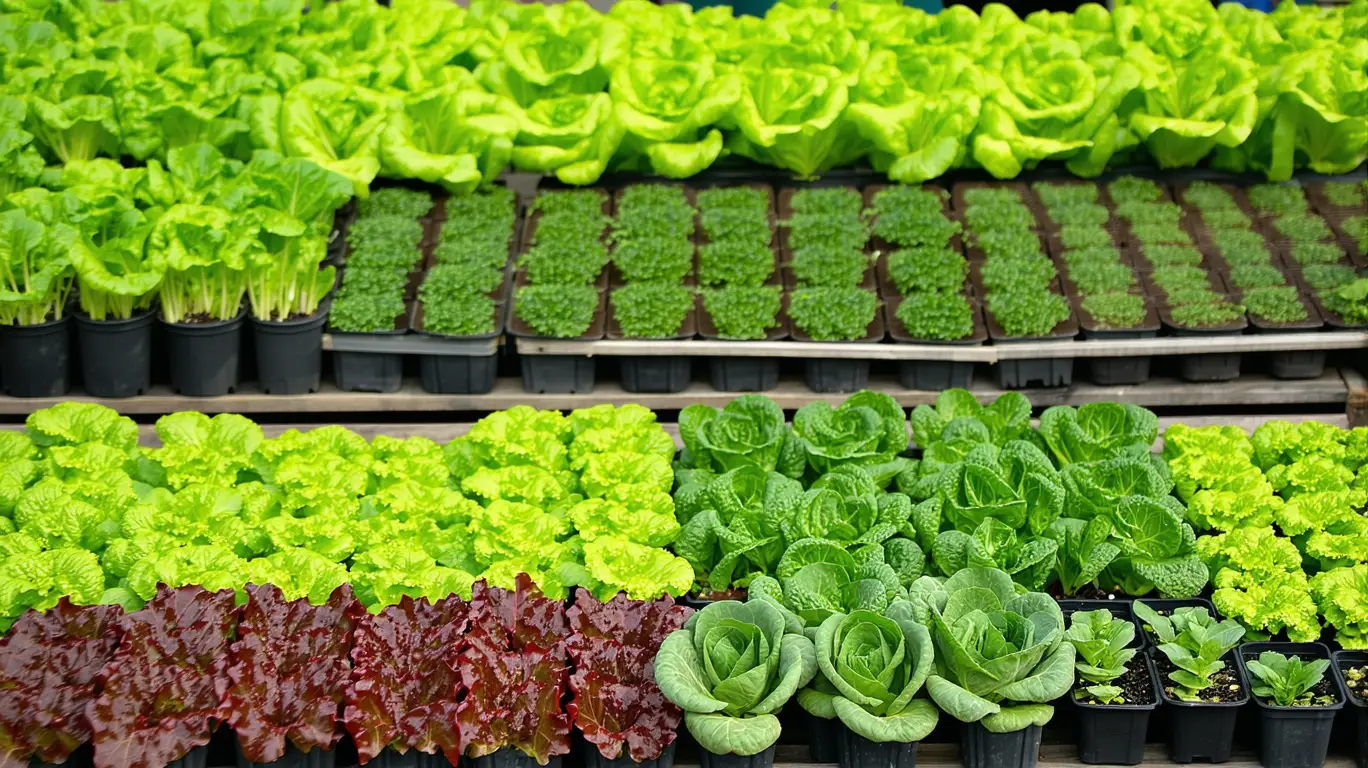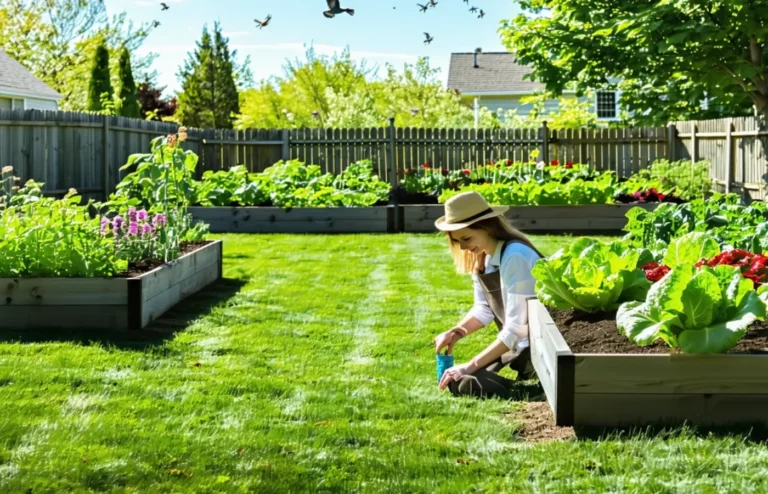
April in the Kitchen Garden: What to Plant, Prep, and Prioritize
Summary of this article
Know Your Zone: A Quick Note on Climate
Before we dive in, it’s crucial to understand your USDA Plant Hardiness Zone. The U.S. is incredibly diverse when it comes to climate, so what you can plant in April depends on where you live.
- Zones 3–5 (Colder climates like northern Midwest, parts of New England, and Rockies): April is still early spring. Focus on cold-hardy crops.
- Zones 6–7 (Mid-Atlantic, Pacific Northwest, inland West): Your garden is just warming up—time to get going!
- Zones 8–10 (Southern states, parts of California, and coastal areas): You’re in prime time for planting warm-season crops.
You can look up your hardiness zone on the USDA website or with most gardening apps.
What to Plant in April
Cool-Weather Crops (Great for Zones 3–7)
These crops thrive in cooler soil and can often be sown directly in the ground:
- Leafy greens: Lettuce, spinach, kale, Swiss chard.
- Root veggies: Carrots, radishes, beets, turnips.
- Peas: Sugar snap and snow peas love cool soil.
- Brassicas: Broccoli, cauliflower, and cabbage can be transplanted outdoors now if you started them indoors in March.
Beginner Tip: Direct-sow means planting seeds right into your garden bed. It’s cheaper and simpler than buying transplants—and many cool-weather crops do better that way.
Warm-Weather Crops (For Zones 8–10 or Indoor Starts in Colder Zones)
If you’re in a warmer part of the U.S., April is the perfect time to start:
- Tomatoes
- Peppers
- Cucumbers
- Zucchini
- Green beans
- Basil
If you live in a cooler region, now is a great time to start these indoors under grow lights or on a sunny windowsill. They’ll be ready to transplant after your last frost date (check your zone’s average).
April Garden To-Dos
1. Test and Prep Your Soil
If you haven’t already, now is the time to test your soil. You can buy a simple kit online or at your local garden center. Look for pH balance and nutrient levels.
Add compost or aged manure to enrich your beds. If your soil is heavy (clay) or sandy, mix in organic matter to improve texture and water retention.
2. Set Up Raised Beds or Containers
No yard? No problem. Containers, grow bags, and raised beds are perfect for kitchen gardening. Just make sure your containers have:
- Drainage holes
- Good-quality potting mix
- At least 6 hours of sunlight per day
Great container crops: Lettuce, radishes, herbs, bush beans, and cherry tomatoes.
3. Mulch Early
A 2–3 inch layer of organic mulch (like straw, shredded leaves, or bark) keeps weeds down and soil moist. It also regulates temperature, which is helpful during unpredictable April weather.
4. Water Wisely
April weather can be a rollercoaster—hot one day, cold the next, with unpredictable rain. Check your soil before watering. Stick your finger about 2 inches into the soil; if it feels dry, water deeply.
Morning is the best time to water. It helps prevent fungal diseases and gives plants a full day to soak it in.
Herbs to Start Now
Fresh herbs are the heart of a kitchen garden. Here are the easiest ones to grow in April:
- Parsley – Cold-hardy and grows well in pots.
- Basil – Loves warmth; start indoors in cooler zones.
- Chives – Perennial and perfect for borders or pots.
- Cilantro – Plant in succession every few weeks for a steady supply.
Beginner Tip: Herbs don’t need much space. A few pots on a sunny windowsill or porch can provide plenty.
Start a Garden Journal
Tracking what you plant, when you plant it, and how it grows is invaluable—especially for new gardeners. Keep a simple notebook or use a garden planning app. Note:
- Dates you planted seeds or transplants
- Weather patterns
- Harvest timelines
- What worked (and what didn’t)
You’ll thank yourself next year.
Common Mistakes to Avoid
- Starting too early or too late – Always know your last frost date.
- Overcrowding plants – Follow spacing instructions on seed packets.
- Poor soil prep – Healthy soil is the key to healthy plants.
- Inconsistent watering – Too much or too little can harm seedlings.
- Not thinning seedlings – Yes, it feels wrong, but your plants need space to thrive!
Gardening in April is all about setting a strong foundation.
Don’t worry about being perfect. Nature is forgiving—and full of surprises. Whether you’re sowing your first seeds or expanding your raised bed empire, the joy of seeing green shoots poke through the soil never gets old.
So grab your gloves, pull on those boots, and step into your garden. It’s going to be a delicious season.



Laisser votre commentaire